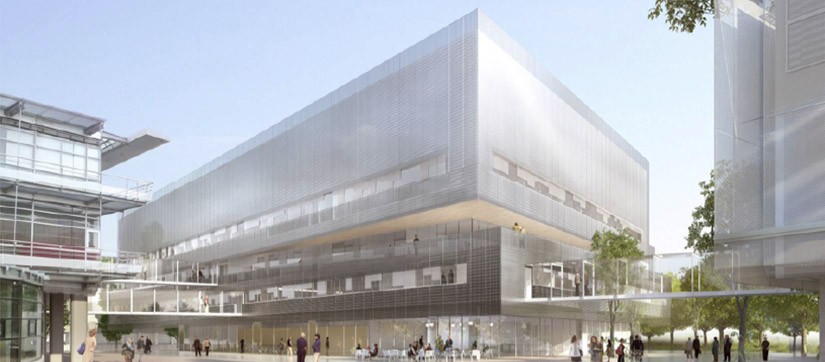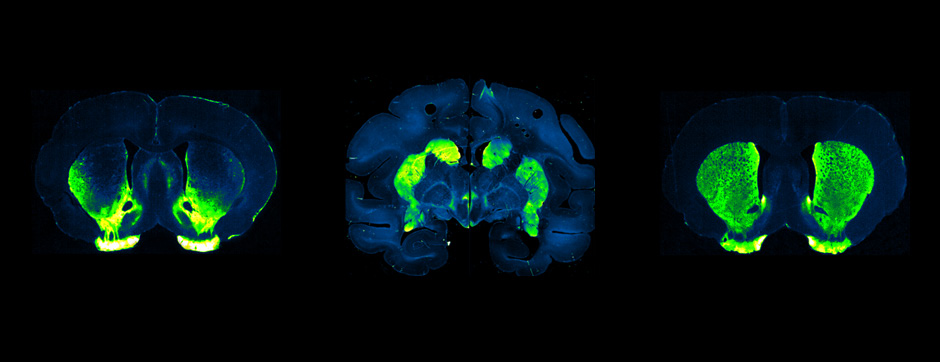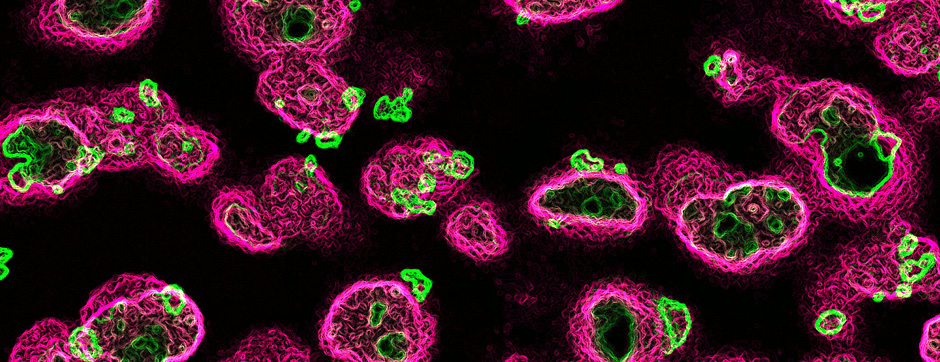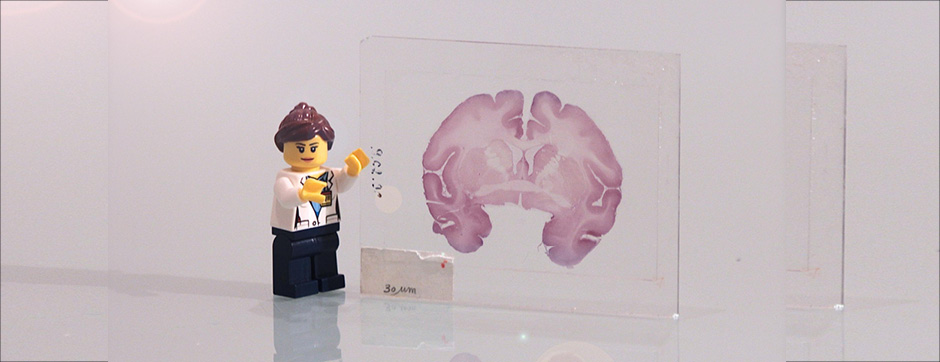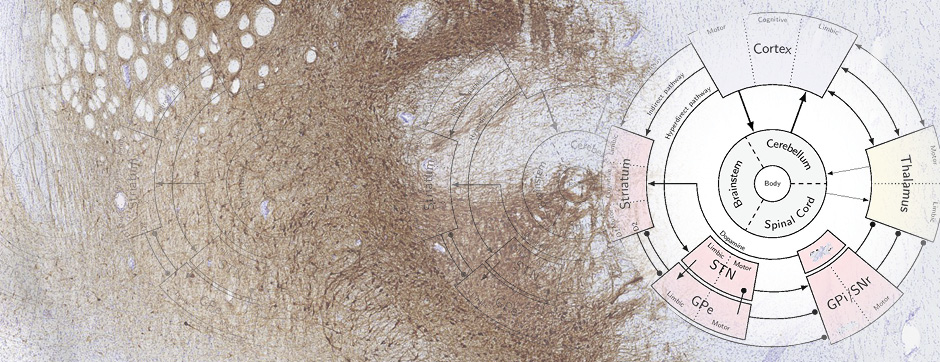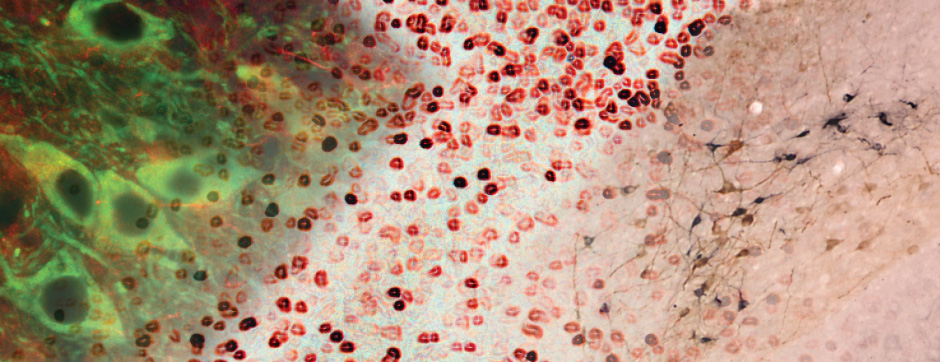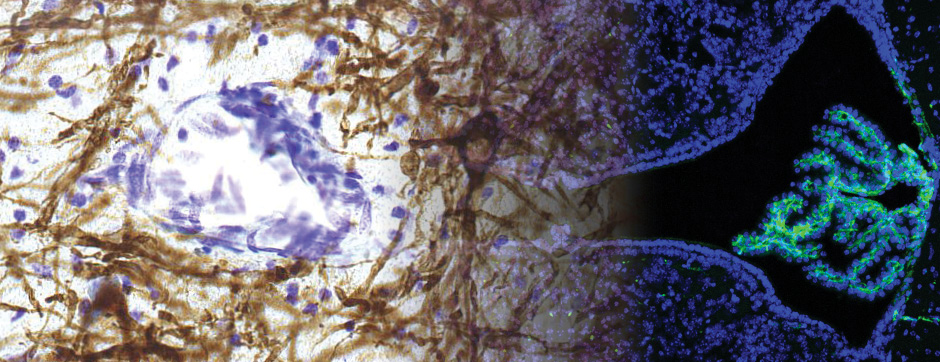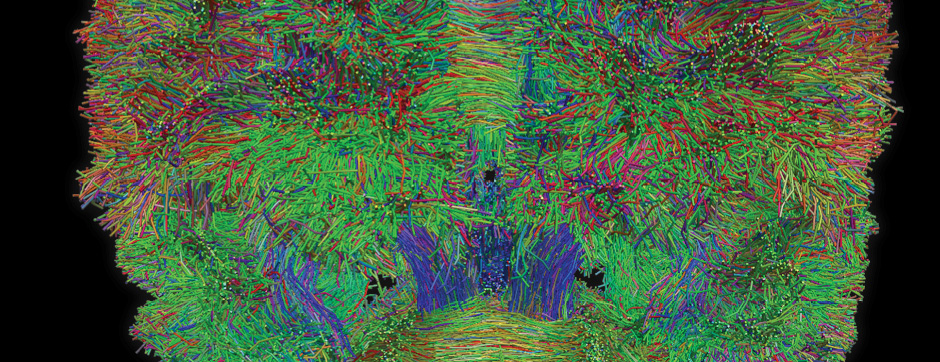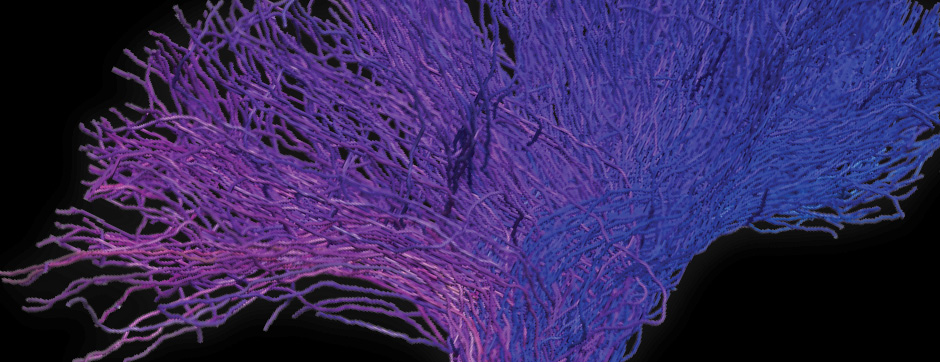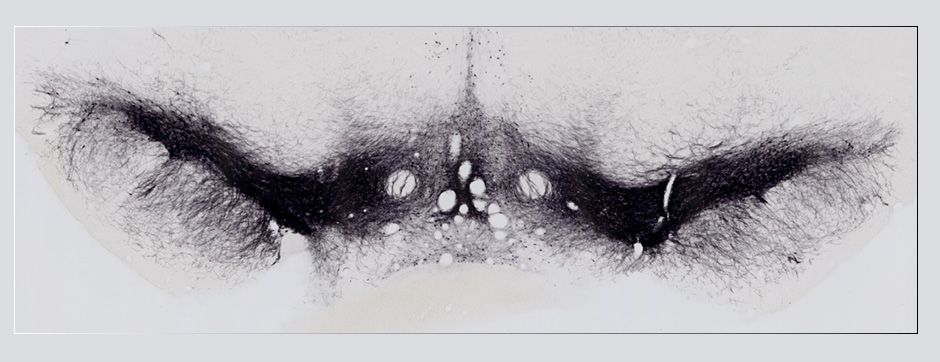Francesca De Giorgi, winner of the FRM 2024 call for proposals “Interdisciplinary Approaches to Understanding the Fundamental Mechanisms of Neurodegenerative Diseases”
Francesca De Giorgi, Inserm co-leader of SynTeam (IMN), has been awarded funding in response to the FRM’s call for proposals for the project Interdisciplinary Approaches to Understanding the Fundamental Mechanisms of Neurodegenerative Diseases.
Congratulations!
Involved Laboratories
The consortium brings together four teams with complementary expertise in neuroscience, amyloid biophysics, RNA biology, neuroanatomy, and neuropathology:
- Francesca De Giorgi (Coordinator) – Team 13 SynTeam, IMN, Neurocampus, Bordeaux, focused on synucleinopathies.
- Marc Landry – Team 2, IMN, Neurocampus, Bordeaux, expert in neuroanatomy and in situ RNA detection.
- Cécile Feuillie – Multiscale Biophysics Team, CBMN, Pessac, specializing in AFM-based methods (including AFM-IR) and vibrational spectroscopies (Raman imaging).
- Fabien Chauveau – BIORAN Team, INSERM U1028, Lyon Bron, expert in phase contrast tomography (XPCT) for amyloid studies in whole brains.
Title
A Nuclear Accident in αSynucleinopathies?
Projet Summary
Parkinson’s disease, multiple system atrophy, and Lewy body dementia are neurodegenerative diseases characterized by the aggregation of alpha-synuclein (αSyn), a small protein normally located in synapses. In these diseases, αSyn forms rigid fibrils that accumulate in intraneuronal inclusions. Histopathological and experimental data support the idea that aggregated αSyn drives disease progression through a prion-like mechanism. However, the downstream effects linking these inclusions to neurodegeneration remain underexplored.
While synaptic, lysosomal, or mitochondrial dysfunctions have been proposed as possible causes, the direct impact on nuclear physiology and gene expression has not been sufficiently studied. Our preliminary results show that aggregated αSyn strongly disrupts intranuclear structures involved in RNA splicing and metabolism.
In this project, we will test the hypothesis that aggregated αSyn, by destabilizing these nuclear structures, alters the expression of genes critical for neuronal activity. Furthermore, the components of these structures, displaced from the nucleus, could condense into ectopic complexes, serving as aggregation platforms that amplify the pathological process. These platforms could perpetuate the aggregation of αSyn and other neurodegenerative proteins, such as TAU or TDP43, in interaction with RNA, thus creating a vicious cycle.
To test these hypotheses, we will employ innovative biophysical approaches to detect aggregates and explore their molecular environment in in vitro and in vivo experimental models. This work will identify new key steps that could be targeted in future therapeutic strategies.
Expected Results and Original Contributions
The hypothesis of a “nuclear accident” contributing to neurodegeneration in synucleinopathies is entirely novel. Using a validated animal model of synucleinopathy, we will explore in-depth the effects of αSyn inclusions on nuclear homeostasis.
Our project will highlight potential interactions between liquid-liquid phase separation (LLPS) mechanisms, amyloid cross-seeding, and splicing alterations in neurodegenerative processes.
Integrating cutting-edge methods (physicochemistry, transcriptomics, proteomics) within a 3D neuroanatomical continuum will enable a multiscale understanding of the disruptions induced by amyloid αSyn in neurons.
The results will provide unprecedented insights into the disruption of nuclear functions in synucleinopathies and open new perspectives for identifying the triggers of neurodegeneration. Finally, the use of innovative biophysical techniques will open an unexplored field for characterizing amyloid αSyn, both in its nanometric environment and within a 3D neuroanatomical framework.

